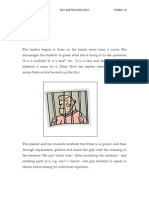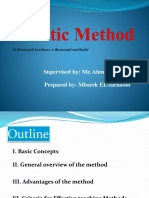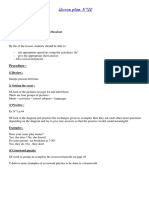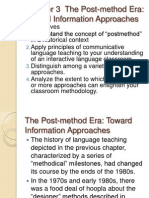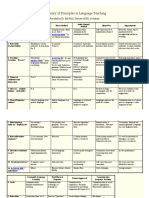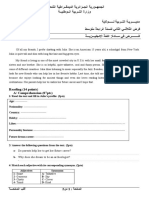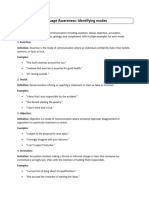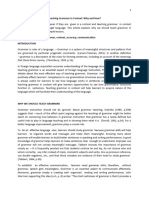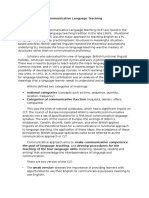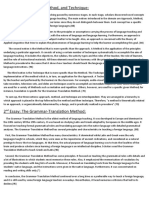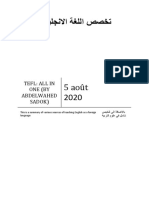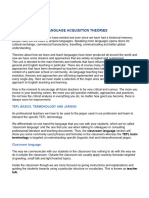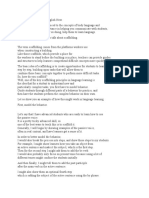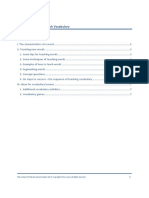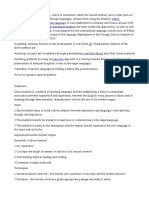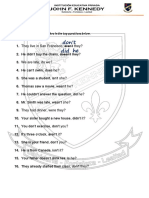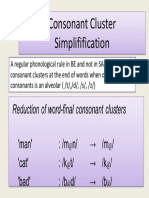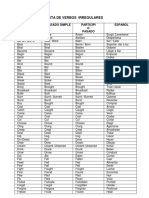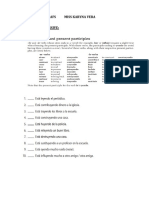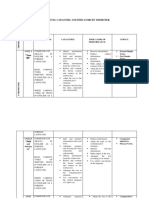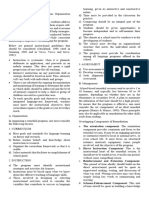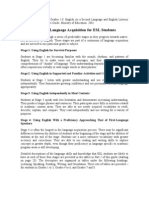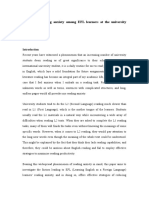0% found this document useful (0 votes)
290 views15 pagesDIDACTICS
The direct method of teaching foreign languages refrains from using the learners' native language and uses only the target language. It focuses on developing oral skills through techniques like questioning, dictation, reading aloud, and conversation practice. Grammar is taught inductively by having learners deduce rules. The method aims to help learners communicate in the target language and experience it similarly to their first language.
Uploaded by
Karyna VeraCopyright
© © All Rights Reserved
We take content rights seriously. If you suspect this is your content, claim it here.
Available Formats
Download as DOCX, PDF, TXT or read online on Scribd
0% found this document useful (0 votes)
290 views15 pagesDIDACTICS
The direct method of teaching foreign languages refrains from using the learners' native language and uses only the target language. It focuses on developing oral skills through techniques like questioning, dictation, reading aloud, and conversation practice. Grammar is taught inductively by having learners deduce rules. The method aims to help learners communicate in the target language and experience it similarly to their first language.
Uploaded by
Karyna VeraCopyright
© © All Rights Reserved
We take content rights seriously. If you suspect this is your content, claim it here.
Available Formats
Download as DOCX, PDF, TXT or read online on Scribd
/ 15


